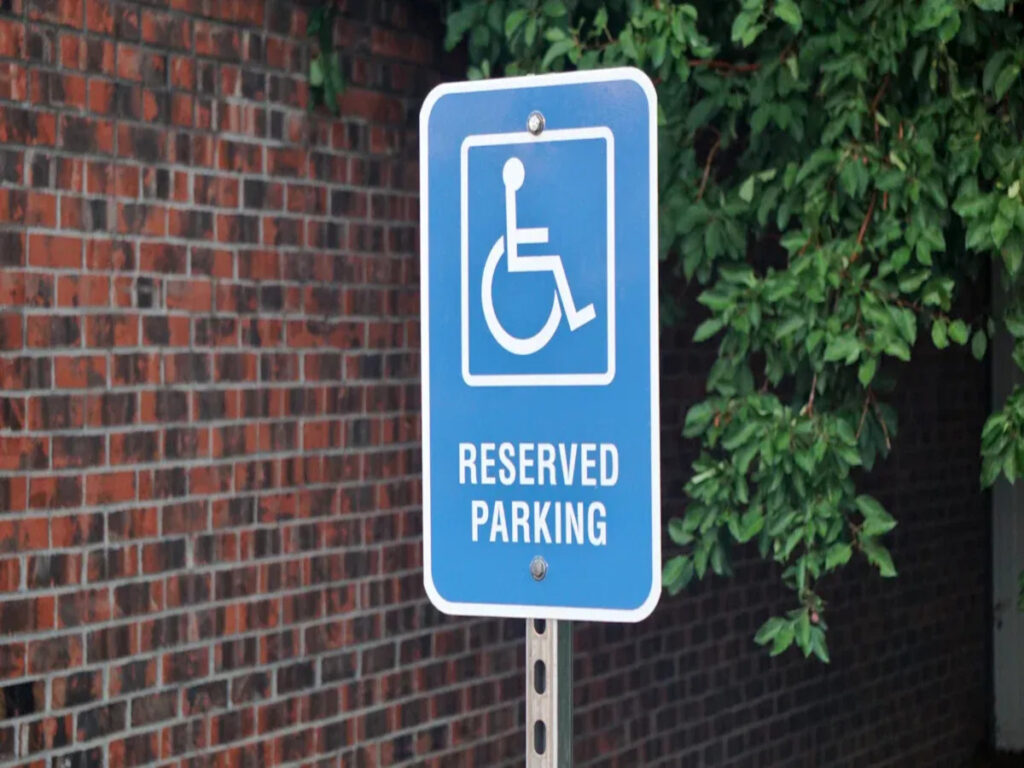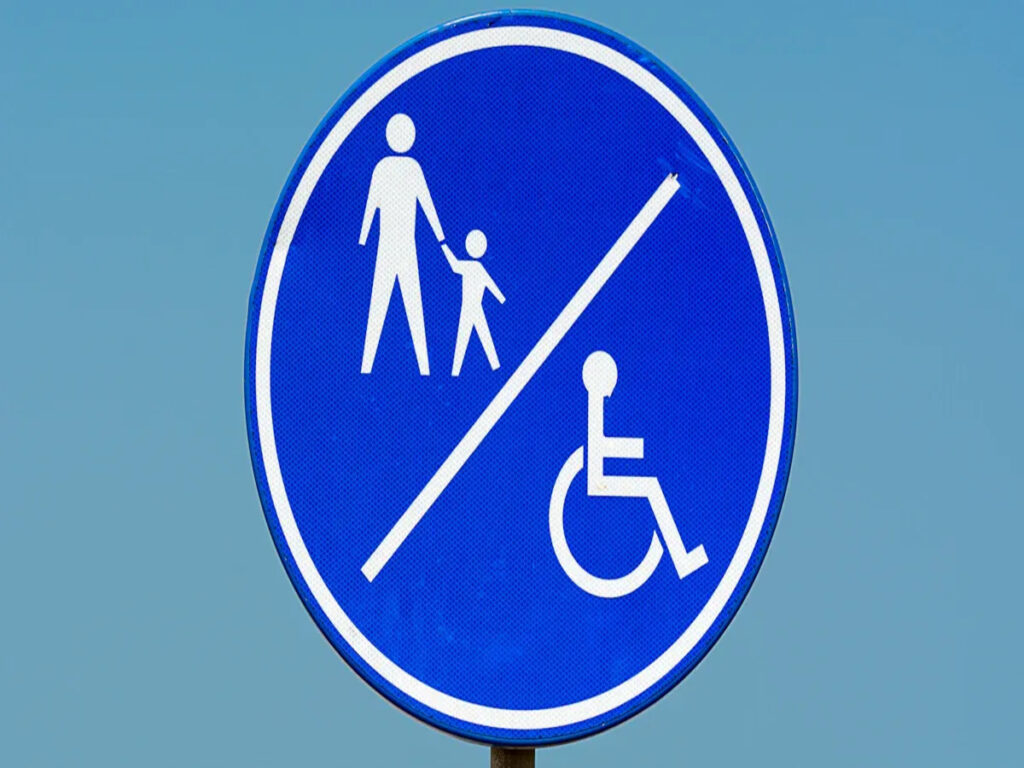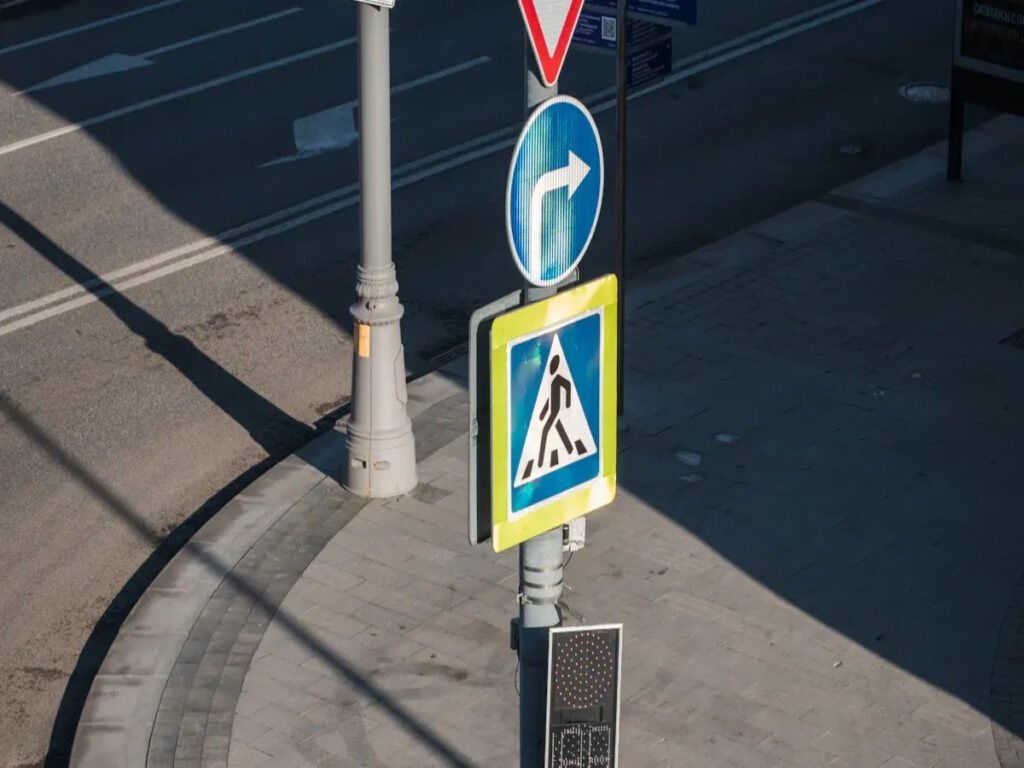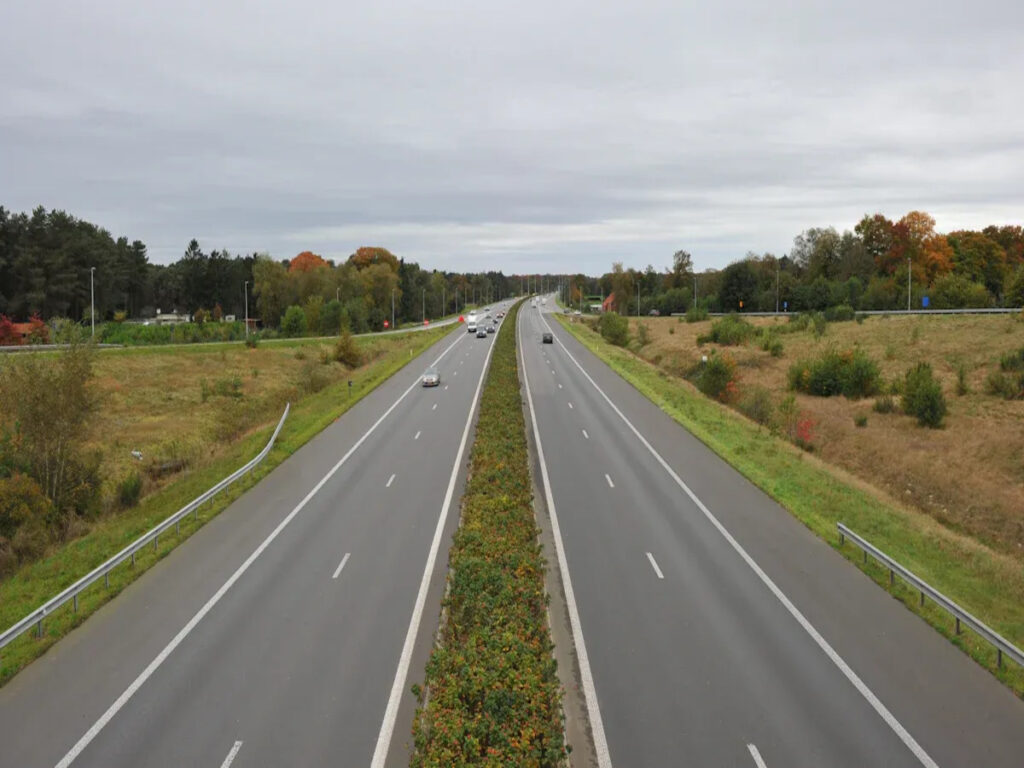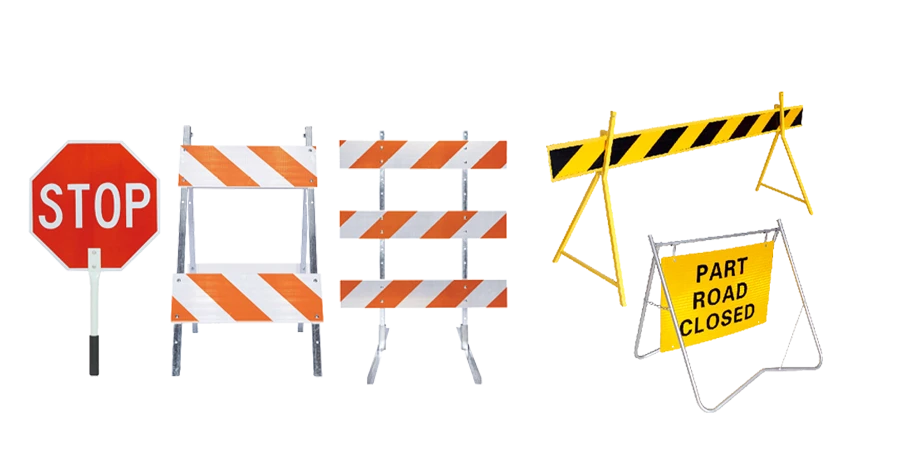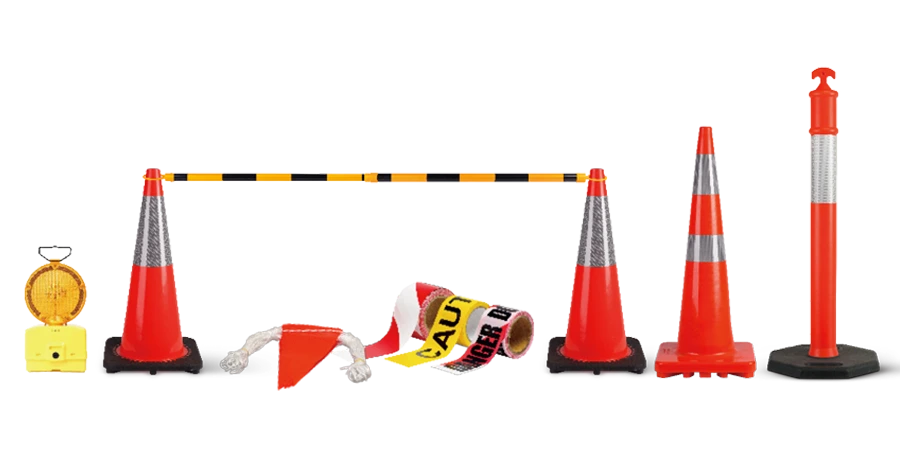
Les systèmes de péage légaux sont importants pour les déplacements équitables et lisses. Traffic safety devices help keep roads safe and organized. Ces appareils, like smart zones and automated systems, cut traffic and help drivers make better choices quickly. Entre 1968 et 2019, better car safety rules saved $17.3 trillion, showing how useful safety ideas are. Cependant, toll systems are sometimes criticized for privacy issues and unfairness, especially when they are not clear or equitable.
Principaux à retenir
- Toll systems help fix and improve roads. Drivers pay to help care for roads, so fewer taxes are needed.
- Safety tools like smart signs and barriers make roads safer. They guide drivers and stop crashes, especially near toll booths.
- Sharing clear info about toll costs and rules builds trust. Being open makes people feel better about toll systems.
- Knowing federal rules is very important. These rules keep toll systems fair and protect drivers.
- Paying tolls on time avoids extra charges and problems. Learning toll rules saves money and keeps things simple.
Understanding Tolling Systems
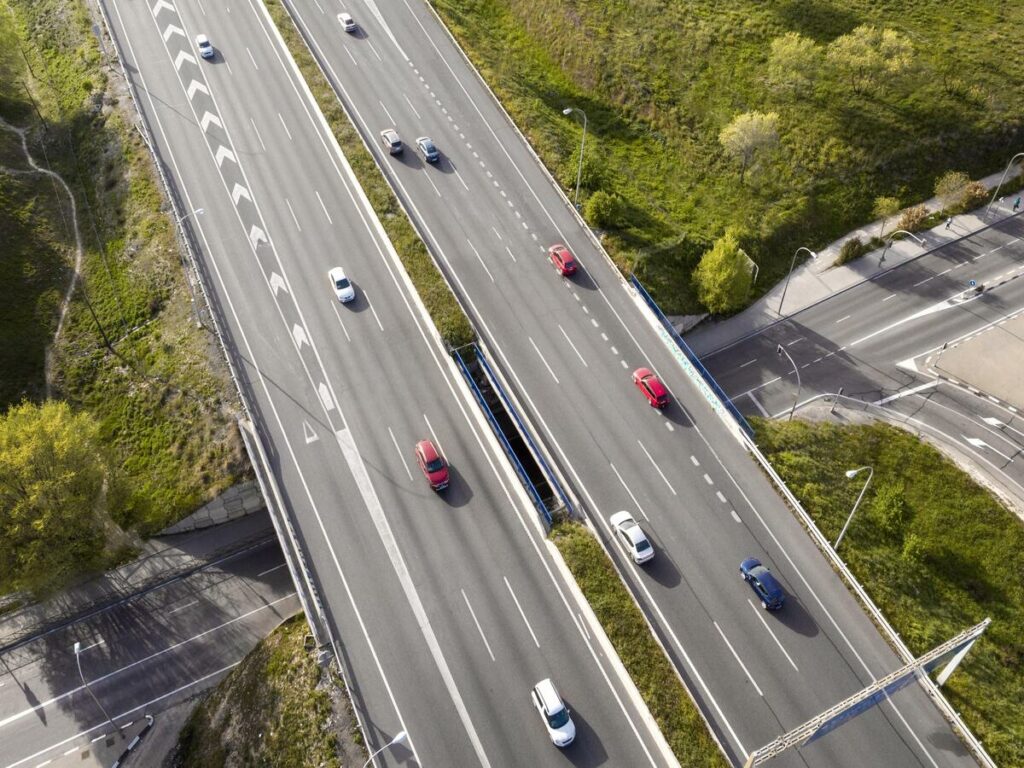
Purpose and Benefits of Tolling
Tolling systems are important for today’s transportation. They help pay for fixing roads and building new ones. Instead of using only taxes, tolls let drivers directly support road care. Paying tolls keeps roads in good shape and reduces government spending.
Tolls also help control traffic. Charging fees during busy times makes drivers travel later or earlier. This lowers traffic jams and helps everyone get places faster. Many toll systems use advanced tools like electronic toll collection (ETC). These tools make paying tolls quicker and easier, Économiser du temps et des efforts.
Toujours, tolling systems have problems. Setting up electronic toll systems costs a lot at first. Some people worry about privacy because toll systems collect data. Handling toll payments can cost up to 55% of each transaction. Smaller agencies often struggle with these costs due to fewer resources.
Public Perception of Tolling Practices
People have different opinions about tolls. Some think tolls are a fair way to improve roads. Others see them as extra costs, especially if no other routes exist. Where people live also affects their views. City drivers may like tolls more than rural drivers who depend on highways daily.
A study of surveys from 1995 à 2015 found common ideas. People accept tolls more if they see benefits like less traffic or better roads. Clear information about how toll money is spent builds trust. But hidden fees or unclear rules make people upset and less supportive.
Understanding these views shows why toll systems need to be fair, efficace, and trusted to work well.
Legal and Financial Implications of Tolling
Federal Guidelines and Regulations
Federal rules are key to how tolls work in the U.S. These rules make sure toll systems are fair and follow national laws. Le Administration des routes fédérales (Fhwa) sets rules for tolling on federal roads. Par exemple, some roads must stay toll-free unless there are other routes. This gives drivers options and avoids forcing them to pay unfairly.
The rules also stress being clear and open. Tolling agreements explain how tolls are collected and enforced. These agreements help solve problems and give extra time to follow rules. Ignoring these agreements can lead to stricter penalties.
Conseil: Knowing federal rules helps you understand your rights as a driver and ensures toll systems stay fair.
Cost-Benefit Analysis of Tolling Systems
Toll systems bring in a lot of money but cost a lot too. Dans 2014, tolls across the U.S. made $14.35 milliard. This money is used to fix, build, and improve roads. But running toll systems can be pricey. Costs can take up 16.5% à 92.6% of the money collected. This means much of the money goes to running the system.
Some toll projects have money troubles. Par exemple, the Pocahontas Parkway and SH-130 toll roads didn’t have enough traffic and went bankrupt. These cases show why planning is important before starting toll systems. Roads without enough traffic can’t make enough money to cover costs.
| Aspect | Détails |
|---|---|
| Revenue Generation | Highway toll revenue nationwide was $14.35 billion in FY2014. |
| Coûts opérationnels | Toll collection costs can range from 16.5% à 92.6% of the amount collected. |
| Financial Failures | Examples include the Pocahontas Parkway and SH-130, which faced bankruptcy due to low traffic. |
| Federal vs. State Revenue | The federal government does not collect toll revenue; it flows to state or local agencies. |
| Growth of Toll Roads | As of January 1, 2015, il y avait 6,088 tolled miles, un 29% increase since 1990. |
| Challenges in Tolling | Many existing roads may not have sufficient traffic to make tolling economically viable. |
When looking at toll systems, think about both the good and bad sides. Tolls can make roads better and reduce traffic, but they need enough money to work well.
Conséquences de la non-conformité
Not following toll rules can cause big problems. One common issue is financial penalties. Drivers who miss payments may get extra fees. These fees can grow fast and become a big expense.
Not paying tolls also makes more work for toll operators. Fleet managers often have trouble keeping track of toll payments for many vehicles. This slows down solving problems. Delays in sending violation notices also cause issues. It makes fixing unpaid tolls harder and creates more conflicts.
| Conséquence | Description |
|---|---|
| Sanctions financières | Accumulated fees from missed payment deadlines due to delayed notifications. |
| Increased administrative workload | Fleet managers face challenges reconciling toll payments across multiple vehicles. |
| Operational strain | Delays in receiving violation notices complicate the resolution of unpaid tolls and disputes. |
By knowing these problems, you can avoid breaking toll rules. Pay tolls on time and learn the rules to save money and avoid stress.
Note: Not following toll rules hurts both drivers and the toll system. It makes the system less efficient and harder to manage.
The Role of Traffic Safety Devices in Tolling Systems
Making Roads Safer with Traffic Safety Devices
Traffic safety devices help keep roads safe, especially near tolls. Ils guident les conducteurs, réduire la confusion, et arrêter les accidents. Par exemple, cones and barriers separate toll lanes from other traffic. This keeps cars moving in order and lowers crash risks.
You might see speed bumps or rumble strips by toll booths. These make drivers slow down, keeping workers and cars safer. Reflective lights and markers also help at night or in bad weather. They show you the right path, even when it’s hard to see.
L'utilisation de ces outils rend les routes plus sûres pour tous. They protect drivers and help traffic move smoothly.
Helping Drivers Follow Rules with Clear Signs
Clear signs are key to following toll rules. They tell you about fees, payments, and lane rules. Without good signs, drivers might miss details and break rules or cause accidents.
Electronic signs are very useful in modern toll systems. They show updates like closed lanes or peak-hour toll rates. This helps you decide what to do before reaching the toll. Par exemple, a sign might point you to a lane for electronic toll payment, gagner du temps.
Where signs are placed is also important. Signs too close to tolls don’t give enough time to react. Well-placed signs give clear directions early, reducing stress and confusion.
Examples of Useful Traffic Safety Devices
Many safety devices work well in toll systems worldwide. One example is automatic barriers. These open only after you pay, making sure everyone follows the rules. They also block cars from entering toll lanes without paying.
Another example is smart cones. These cones sense cars and warn nearby drivers. They are helpful during toll zone repairs. Dynamic lane markers are also useful. They change based on traffic to guide you to the right lane and ease congestion.
Cameras and sensors are common too. They track traffic and catch rule-breakers, like people skipping tolls. This technology keeps toll systems running safely and smoothly.
By using these traffic devices together, toll systems can improve safety, ensure rules are followed, and make driving easier for you.
OPTRAFIC offers a wide range of traffic safety devices, including high-visibility cones, durable barriers, dynamic signage, and reflective markers. These products are designed to provide maximum safety in toll zones, chantiers de construction, et les zones à trafic élevé.
Avec Optraffic advanced solutions, cities and contractors can improve circulation, ensure sécurité des travailleurs, and minimize the risk of accidents—no matter the time of day or weather conditions.
Integration of Traffic Safety Devices with Tolling Systems
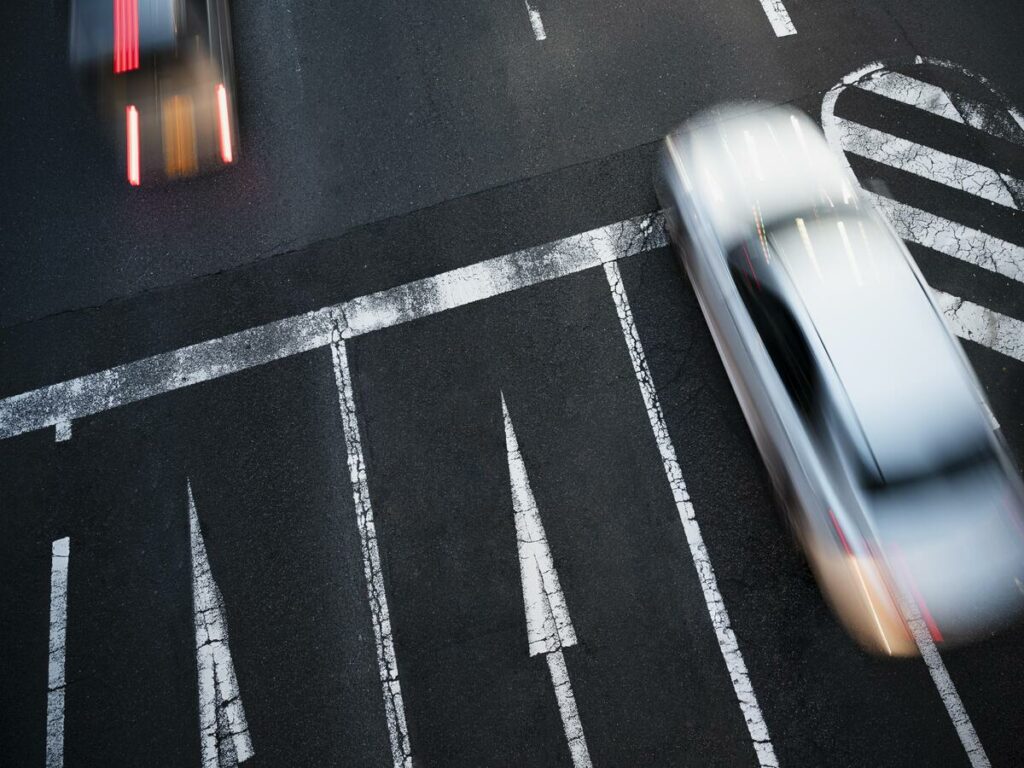
Smart Traffic Signs and Dynamic Barriers
Smart traffic signs and traffic barriers are important in toll systems today. They help keep roads safe and traffic moving smoothly. Smart safety signs show updates like toll costs or closed lanes. This helps drivers decide what to do before reaching the toll. Barriers only open after payment is confirmed, stopping unpaid entries.
These tools can change based on road needs. Par exemple, road barriers can let emergency vehicles or carpool lanes through. This makes traffic flow better and roads safer. Using these tools makes toll systems easier and safer for everyone.
Technology-Driven Solutions for Toll Enforcement
Technology has made toll enforcement faster and more accurate. Advanced tools collect payments, find violators, and study traffic patterns. Cameras and sensors watch cars in real time to ensure rules are followed. Machine learning adjusts toll prices based on how busy the road is.
| Fonctionnalité | Description |
|---|---|
| Dynamic Tolling | Changes tolls based on traffic to manage busy times |
| Traffic Analysis | Studies traffic to improve rules and reduce congestion |
| Incident Detection | Spots accidents and helps fix problems quickly |
| Dynamic Pricing | Adjusts tolls to reduce traffic during rush hours |
| V2x | Lets cars and traffic signals share information for better flow |
These tools make toll systems work better and safer. They also help spot problems and fix them quickly, keeping roads efficient and secure.
Case Studies of Successful Implementations
Many cities use traffic safety devices in toll systems successfully. À Singapour, smart signs and changing toll prices have cut traffic jams. Drivers get live updates about tolls, helping them plan better. London uses cameras and sensors to check traffic and enforce toll rules. This has improved traffic flow and lowered pollution.
Aux États-Unis, some toll roads use AI to manage city traffic. These systems adjust toll prices to keep traffic fair and smooth. Other cities can learn from these examples to create safer and more efficient toll systems.
Challenges and Issues in Tolling Systems
Privacy Worries in Toll Systems
Toll systems collect personal data, causing privacy worries. People may fear how their information is stored or used. Par exemple, electronic tolls track cars and payment details. This tracking can make some feel uneasy about their freedom.
A recent survey shows these concerns. Seulement 5% of people had big privacy worries. But some groups feel more at risk, like older adults, less-educated people, and minorities. These groups often reject smart toll systems due to data misuse fears.
| Points clés | Détails |
|---|---|
| Privacy Concerns | Losing personal data may limit public freedom of movement. |
| Affected Groups | Older adults, less-educated, and minority groups feel more vulnerable. |
Knowing these worries shows why clear data rules matter. When toll operators explain data safety, it builds trust and support.
Public Opposition and Trust Issues
Many people dislike toll systems. They may see tolls as extra costs, especially without other routes. This can lead to anger and less trust in road authorities.
Trust grows when toll systems are fair and open. People support tolls more if they see benefits like better roads or less traffic. Hidden fees or unclear rules hurt trust quickly. To gain support, toll operators must clearly explain how money is spent.
Following Laws and Helping the Public
Toll systems must follow laws and help people. Drivers expect tolls to be fair and useful. Règles fédérales, like FHWA guidelines, ensure tolls offer choices and avoid unfair practices.
Balancing laws and public needs takes planning. Toll operators must meet legal rules and serve drivers well. When tolls cut traffic and improve roads, people approve. Fair and open toll systems can succeed legally and socially.
Legal tolling and safety tools help make roads safer. They follow laws, improve traffic, et les risques d'accident plus bas. It’s important to balance fairness with public benefits.
Leaders should focus on clear and useful toll systems. Using smart tools and following federal rules builds trust and better roads. These steps can make travel easier for everyone.
Let’s aim for toll systems that are fair and helpful. 🚗
FAQ
1. Why are tolling systems important for transportation?
Tolling systems pay for fixing and building roads. They help reduce traffic by encouraging travel at less busy times. Drivers directly support road care through these systems.
2. How do traffic safety devices improve tolling systems?
Traffic safety devices help drivers stay safe and avoid confusion. Tools like cones, barrières, and smart signs keep traffic moving and prevent crashes. They also mark toll zones and lanes clearly to enforce rules.
3. What happens if you don’t pay a toll?
Not paying a toll can lead to extra charges. You might get late fees or violation notices. These notices make it harder to fix unpaid tolls.
Conseil: Pay tolls on time to avoid extra costs and stress.
4. Are tolling systems fair to all drivers?
Fairness depends on how the system works. Systems with clear signs and other route options are fairer. Drivers feel better about tolls when they see benefits like smoother traffic and improved roads.
5. What role does technology play in toll enforcement?
Technology helps collect tolls and enforce rules accurately. Cameras and sensors track cars in real time. Changing toll prices based on traffic also helps reduce congestion.
Note: Technology makes toll systems work better and more fairly.


